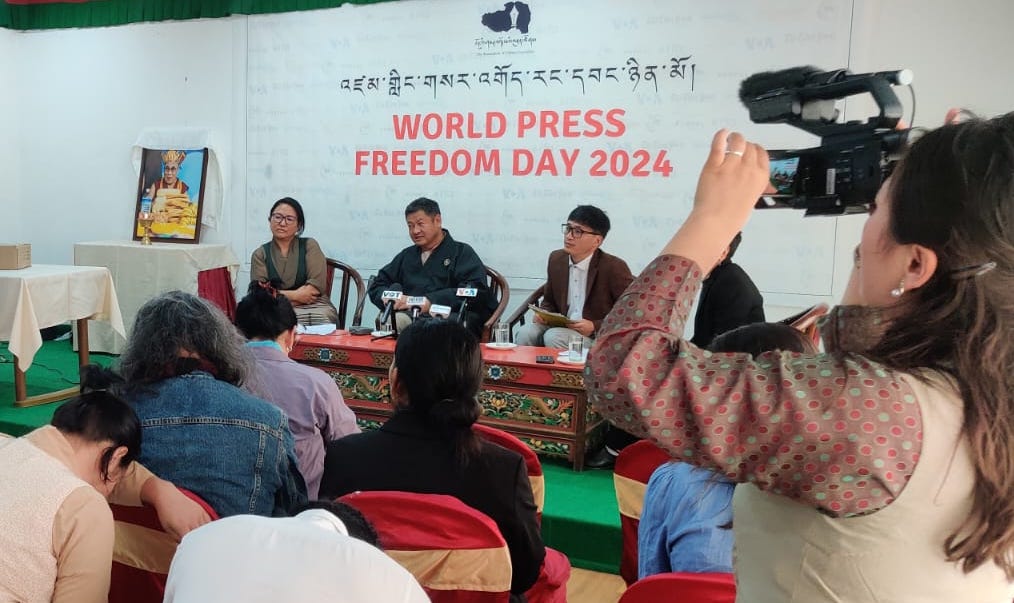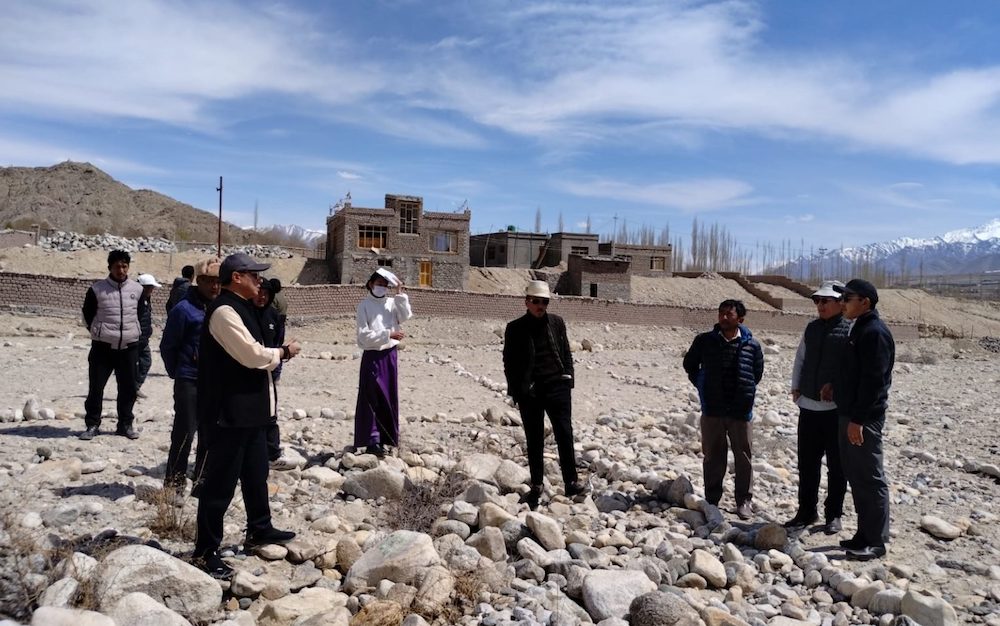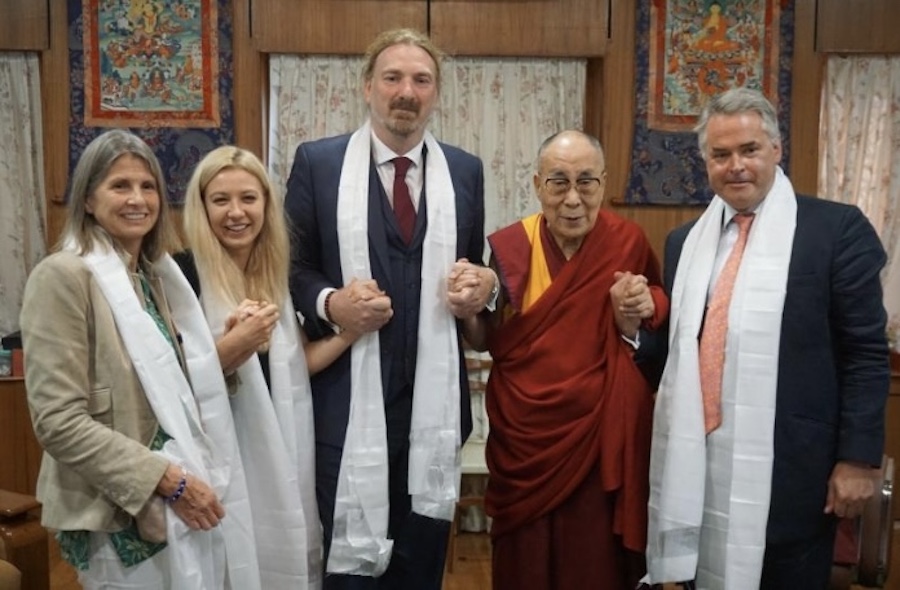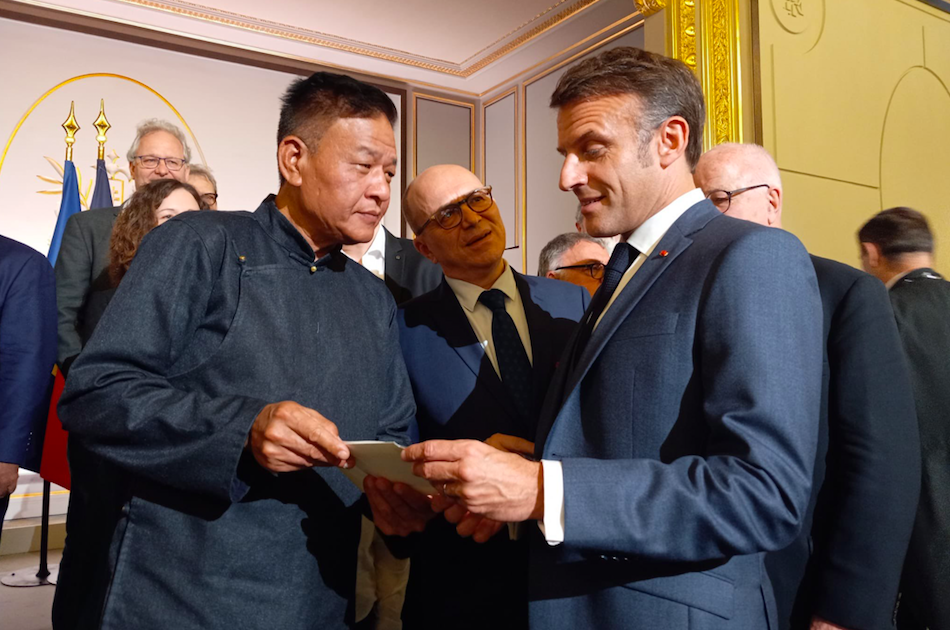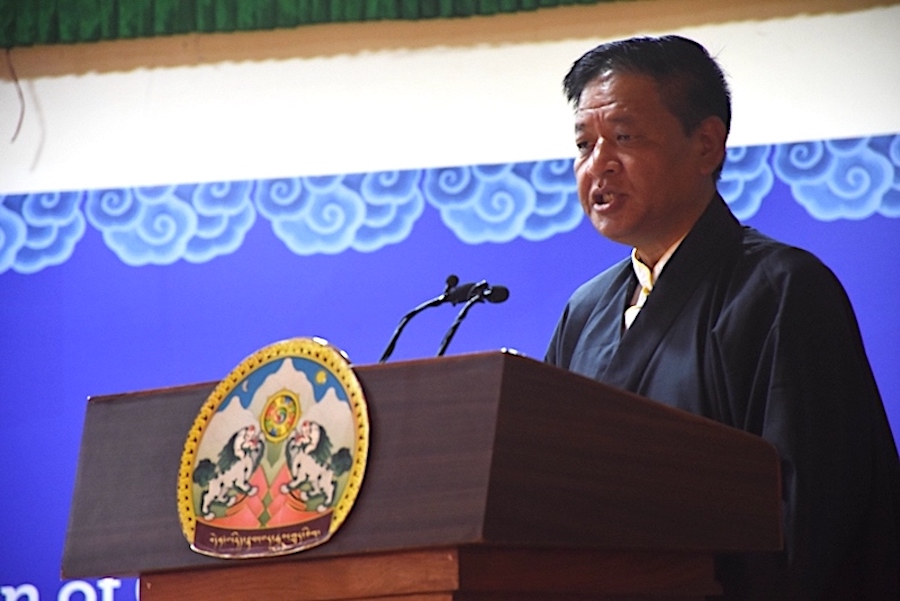There has been a trend towards the tightening of control over religion in Tibet, and this demolition is an example of the aggressive enforcement of wide-ranging new regulatory measures. – ICT

By Phurbu Thinley
Dharamsala: June 15: TCHRD’s June 5th report on a giant Guru Rinpoche statue being demolished by Chinese People’s Armed Police (PAP) at Samye Monastery in Tibet’s is now being supplemented by a latest report from US-based International Campaign for Tibet (ICT), which states that Chinese authorities have recently issued a rare statement acknowledging the ‘removal’ of a giant gold and copper plated statue of Guru Rinpoche (Padmasambhava).
Phayul had earlier received a set of photos taken in February 2007, by a photographer who wishes to remain unnamed, showing the giant statue at Samye Monastery under construction and reaching its near-completion stage.
The 30-foot (nine metre) gold and copper-plated statue of Guru Rinpoche, was torn down by Chinese police in mid-May at Tibet’s Samye monastery, almost three months after the pictures were actually taken.
According to ICT’s yesterday report, the official Chinese statement admitting the demolition act was issued on June 9 by the Democratic Management Committee of Samye Monastery and same was published by the China Tibet Information Center.
The statement reportedly said that the construction of the statue “disobeyed the Law of the People’s Republic of China on Protection of Cultural Relics and the Notice of Illegally Building Open Statue of Buddha….Samye Monastery then self-moved the open-air statue forwardly [sic].” (see the full statement at: http://tibet.cn/en/news/tin/t20070609_250524)
ICT says that the latest move by the Chinese authorities reflected an ongoing drive to crackdown in the Tibetan region.
“There has been a trend towards the tightening of control over religion in Tibet, and this demolition is an example of the aggressive enforcement of wide-ranging new regulatory measures,” the group said in their report.
According to the group, implementation of state religious policy has been particularly harsh in Tibet because of the close link between religion and Tibetan identity and nationalism. “As the Dalai Lama and Tibetan Buddhism gain in popularity and influence worldwide – including among many Chinese – Beijing has entrenched its position on religion, introducing new measures in an attempt to curb the Dalai Lama’s authority and control religious practice.” the group’s report stated.





